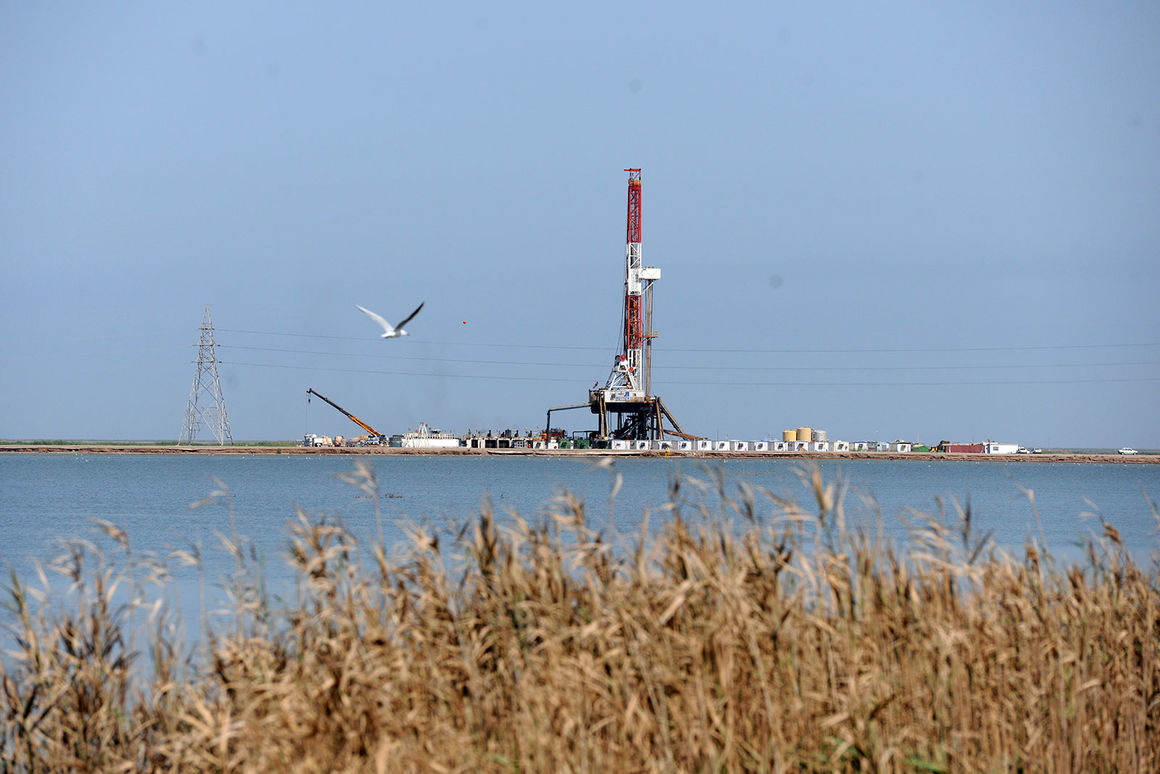South Azadegan is expected to produce 320,000 b/d in phase 1, which would reach 600,000 b/d in the second phase.
South Azadegan is estimated to hold 25.6 billion barrels of oil in place. Oil production began in this field in 2008 and represents a good opportunity for investment for enhanced production. Initial estimates show that the field would need at least $2.5 billion in investment.
Iran, first signed an agreement with Japan’s Inpex in 2003 for developing Azadegan, but the company pulled out in 2006. In 2007, the National Iranian Oil Company (NIOC) decided to develop North Azadegan under a buyback deal. Sanctions were being toughened against Iran, thereby dissuading international companies from investing in Iran. However, the Chinese regardless of international norms were willing to develop it. China’s CNPCI entered into talks with NIOC for developing both South Azadegan and North Azadegan.
In October 2009, NIOC and CNPCI signed a buyback deal for developing the field. In 2012, once a master development plan was formulated the operations started. The agreement did not pay off and the agreement was cancelled due to the Chinese company’s refusal to meet its commitments. NIOC then decided to assign the project to domestic firms.
Iranian contractors have since drilled more than 120 wells, quadrupling the field’s production capacity. Azadegan remains an attractive choice for investment.
Under the first MDP drawn up for South Azadegan, the field’s output was estimated at 150,000 b/d. It was finalized in June 2012 for an output of 320,000 b/d in the first phase of development and 600,000 b/d in the second phase.
The measures have been carried out so far in this field include building mobile treatment units with a capacity of 50,000 b/d under a build-operate-own (BOO) deal in less than a year. This project is a major development in building production units. Following successful implementation of the project, Petroleum Ministry obligated domestic manufacturers to indigenize and change manner of construction and installation of operation and desalination units.
Prior to imposition of sanctions on Iran last year, 17 international firms had volunteered to develop the Azadegan field. Russia’s Rosneft, China’s Sinopec and CNPC, Italy’s Eni, Denmark’s Maersk, Austria’s OMV, India’s ONGC, Indonesia’s Pertamina and Iran’s TANCO and Persia Oil and Gas were among local and foreign companies bidding for the development of Azadegan.
Now due to the US sanctions, foreign companies have dropped their bid to develop Azadegan. Therefore, domestic contractors are handling the job and they have so far proven to be successful.
Courtesy of Iran Petroleum


Your Comment